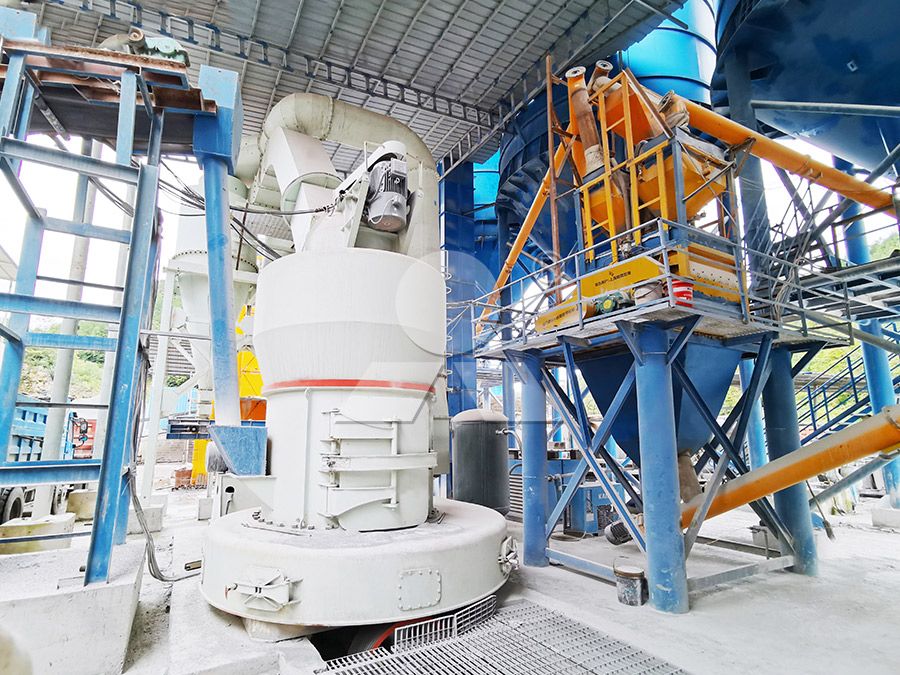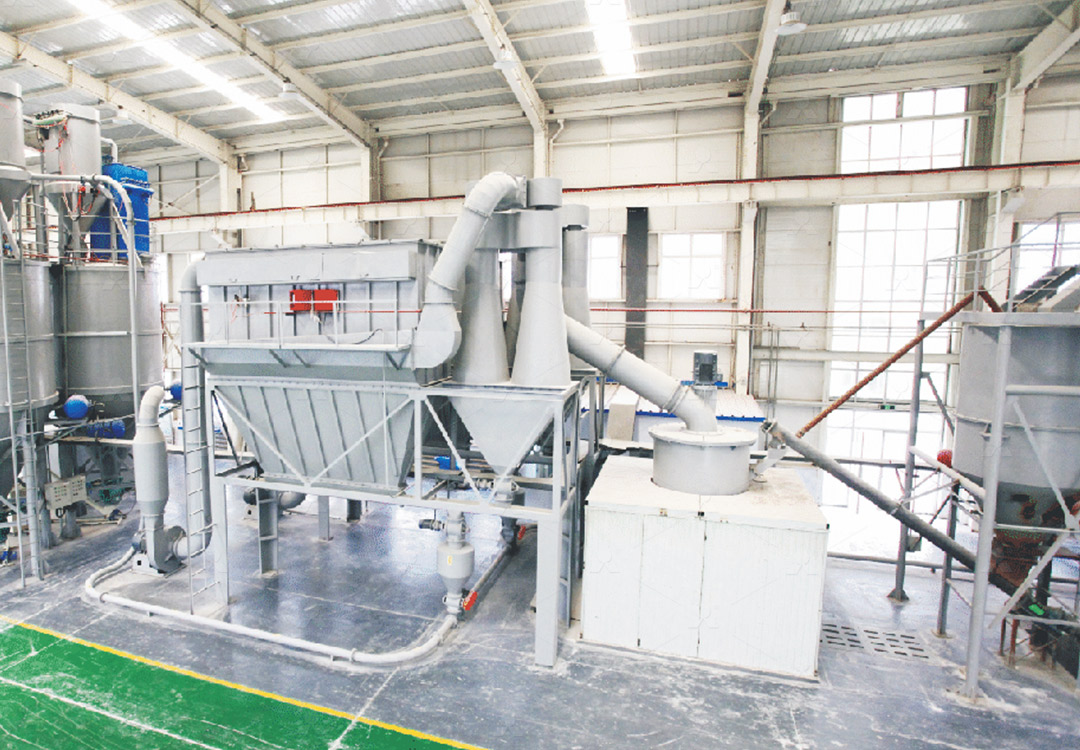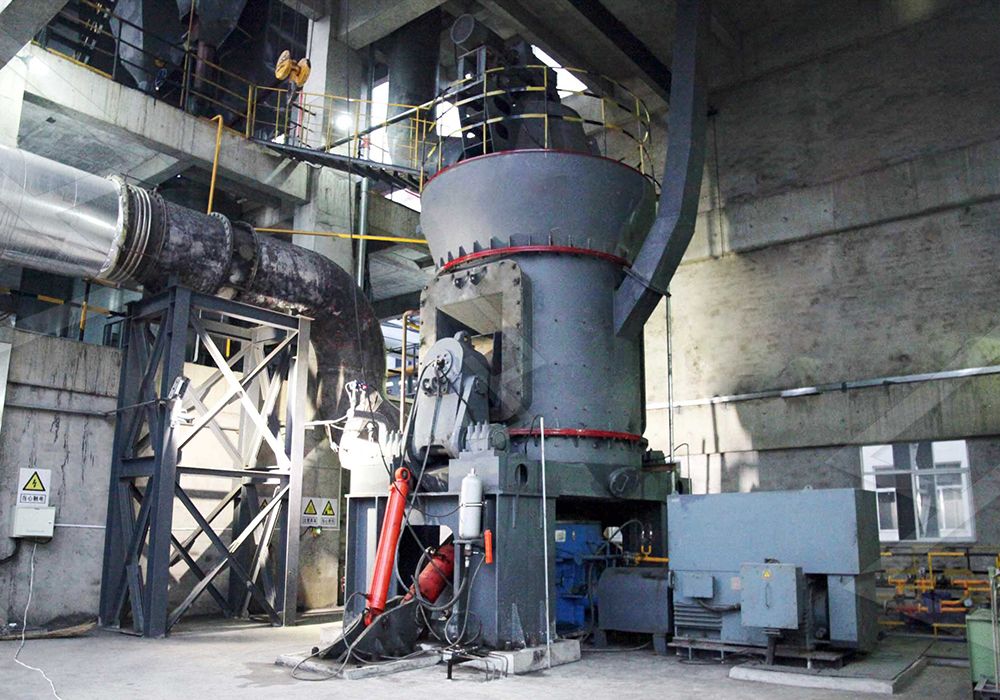Advanced High-Efficiency Coal Mill Systems for Ningxia Power Plants
Advanced High-Efficiency Coal Mill Systems for Ningxia Power Plants
Ningxia’s power generation sector faces unique challenges in balancing operational efficiency with stringent environmental regulations. As one of China’s key energy hubs, the region requires advanced technological solutions that can handle local coal characteristics while minimizing ecological impact. Modern coal mill systems have evolved significantly from traditional approaches, offering substantial improvements in energy consumption, maintenance requirements, and environmental compliance.

The Evolution of Coal Pulverization Technology
Traditional ball mills and Raymond mills, while reliable, often struggle to meet contemporary efficiency standards. These conventional systems typically consume excessive energy and require frequent maintenance, leading to operational downtime. The latest generation of grinding technology addresses these limitations through innovative engineering approaches that optimize the entire pulverization process.
Modern vertical grinding mills represent a significant advancement, integrating multiple processes including crushing, drying, grinding, and classification within a single compact unit. This integrated approach reduces the system’s footprint while improving overall efficiency. The transition from horizontal to vertical configurations has enabled more precise control over particle size distribution and grinding parameters.
Specialized Solutions for Power Generation
For Ningxia power plants processing petroleum coal and other energy materials, the MW Ultrafine Grinding Mill presents an exceptional solution. This advanced system processes materials with input sizes of 0-20 mm and delivers capacities ranging from 0.5 to 25 tph. Its innovative design eliminates rolling bearings and screws within the grinding chamber, substantially reducing maintenance concerns and potential failure points.
The MW mill’s cage-type powder selector, incorporating German technology, enables precise fineness adjustment between 325-2500 meshes. This flexibility allows power plants to optimize combustion efficiency by producing consistently fine coal powder. Compared to conventional jet mills and ball mills, the MW system demonstrates 40% higher production capacity with equivalent power consumption, while reducing system energy usage to just 30% of jet mill requirements.

Environmental Compliance and Operational Stability
Ningxia’s environmental regulations demand sophisticated dust and noise control measures. The integrated pulse dust collector and muffler system in advanced mills effectively contains particulate matter while maintaining workplace noise at acceptable levels. The fully sealed negative-pressure operation prevents dust escape, ensuring compliance with national environmental standards.
Operational stability is another critical consideration for continuous power generation. Features like electronic and mechanical limiting technologies prevent destructive impacts between grinding components during unexpected vibration events. This protection extends equipment lifespan while reducing unplanned shutdowns that can disrupt power output.
Economic Considerations and Return on Investment
The economic argument for upgrading to advanced coal mill systems extends beyond simple energy savings. Reduced maintenance requirements, longer component lifespan, and decreased downtime collectively contribute to significantly lower operating costs over the equipment lifecycle. The compact design of modern vertical mills further reduces infrastructure requirements, offering additional savings in construction and space allocation.
For power plants considering capacity expansion or equipment replacement, the LM Vertical Coal Mill provides another compelling option with capacities reaching 100 t/h. This system specializes in drying and grinding simultaneous operations, featuring hydraulic automatic pressure regulation and sophisticated control systems that maintain consistent product quality while adapting to varying coal characteristics.

Implementation Strategy for Ningxia Facilities
Transitioning to advanced coal mill systems requires careful planning and phased implementation. Power plants should conduct comprehensive coal analysis to determine optimal grinding parameters and equipment specifications. Partnering with experienced technology providers ensures proper system integration with existing infrastructure while maximizing operational benefits.
Training programs for operational and maintenance staff form another critical component of successful implementation. Understanding the unique characteristics of modern grinding systems enables personnel to optimize performance and respond effectively to operational variations.
Frequently Asked Questions
What makes modern coal mills more efficient than traditional systems?
Advanced designs integrate multiple processes into single units, reduce energy losses through optimized grinding mechanics, and incorporate intelligent control systems that continuously adjust operations for peak efficiency.
How do these systems address environmental concerns?
Integrated pulse dust collectors, mufflers, and fully sealed negative-pressure operation prevent particulate emissions while reducing noise pollution, ensuring compliance with stringent environmental standards.
What maintenance advantages do advanced mills offer?
Features like external lubrication systems, reversible structures for easy component access, and the elimination of internal screws and bearings significantly reduce maintenance requirements and downtime.
Can these systems handle variations in coal quality?
Yes, advanced control systems automatically adjust grinding pressure, rotational speed, and other parameters to accommodate changes in coal characteristics while maintaining consistent output quality.
What is the typical payback period for upgrading to advanced milling systems?
Most facilities achieve return on investment within 18-36 months through combined energy savings, reduced maintenance costs, and increased operational reliability.
